By Mathieu Boudreau and Nadia Blostein
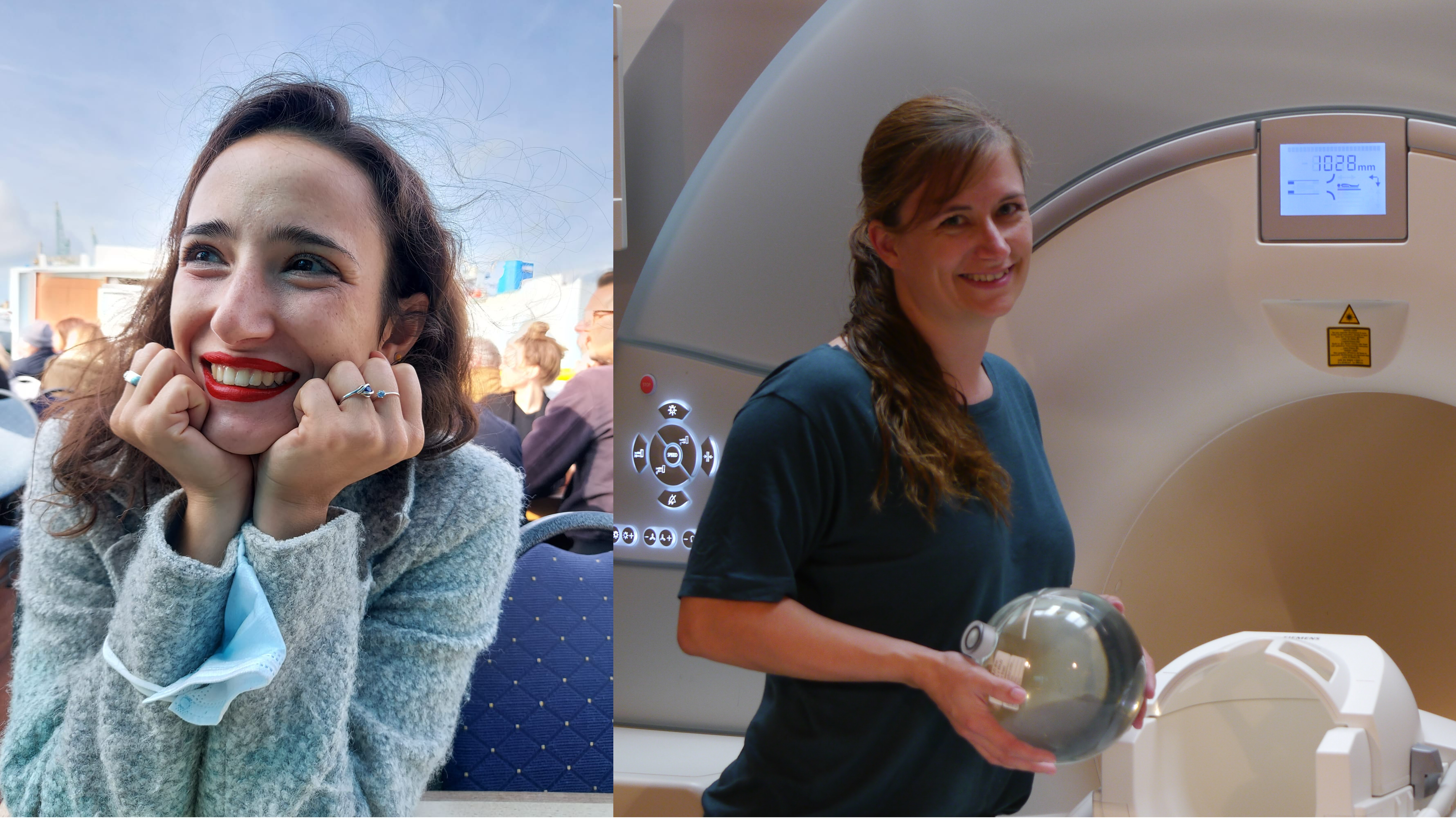
This MRM Highlights Pick interview is with Layla Tabea Riemann and Ariane Fillmer, researchers at Physikalisch-Technische Bundesanstalt (PTB) in Berlin. Their paper is entitled “Fourier-based decomposition for simultaneous 2-voxel MRS acquisition with 2SPECIAL”. Their article was chosen as this month’s Highlights pick because it demonstrated exemplary reproducible research practices; specifically, they shared example data, their vGRAPPA algorithm code, and a demo script, all packaged in a nice Gitlab code repository.
MRMH: Tell us about yourselves and your background.
Layla: I have a master’s degree in medical physics, and I did my PhD at Physikalisch-Technische Bundesanstalt (PTB), which is the German metrology institute in Berlin. This paper was part of my PhD, which I’m defending in a few weeks. I first met Ariane during an internship I did at PTB between my bachelor’s and master’s degrees; we worked together and she lit the spark that made me want to do a PhD in spectroscopy. I have just moved to Hamburg and started work as a group leader in the university hospital’s Department of Applied Medical Informatics.
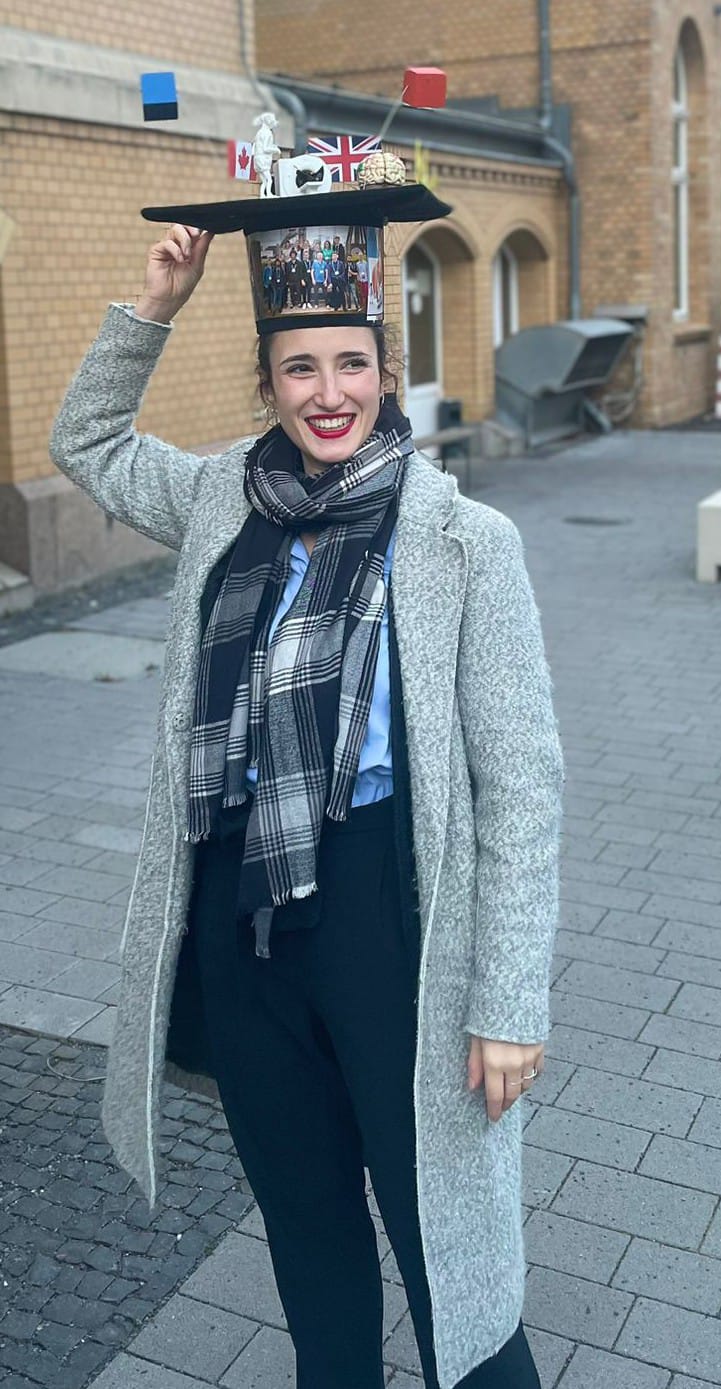
Ariane: I first studied physics in Dortmund, and when I started my diploma thesis I reached a crossroads, where I was considering just applying for 9-5 jobs. But then I discovered that research is really fun. So, I started applying for PhD positions instead, and got one at ETH in Zurich. That’s when I started doing MR, focusing on MR spectroscopy under Anke Henning’s supervision. After that, I got a position here in Berlin where I could continue doing MR spectroscopy research, and then I got promoted, becoming head of the research group, so I was able to start supervising students. Layla is my first graduating PhD student. Unfortunately, my time in active research is coming to an end, as there are no viable long term options in MRS research in Berlin for me. I will instead switch to project management in research funding.
MRMH: Before getting into the specifics of your paper, could you briefly explain to us the acronym in your title, “2SPECIAL”?
Layla: So, SPECIAL (spin-echo, full-intensity acquired localized) is a very established MRS sequence. Its appeal is that you can attain very short echo times without sacrificing signal intensity. The “2” refers to an addition to SPECIAL that we’ve introduced in this work, namely, we took the adiabatic pulse and multi-banded it to acquire two voxels simultaneously.
MRMH: Thanks! Could you give us an overview of your paper?
Layla: As I just mentioned, our idea revolved around acquiring MRS spectra in two voxels simultaneously, and we developed 2SPECIAL for this purpose. First, we looked at implementing multivoxel SPECIAL using a multi-banded hyperbolic secant adiabatic pulse for signal inversion, as the hyperbolic secant pulse was the adiabatic pulse implemented in the original SPECIAL implementation, but this pulse has some disadvantages due to its high peak voltage, which translates into a high peak SAR. So, in this work, we instead used a multi-band WURST (wideband, uniform rate, smooth truncation) pulse, which, in addition to having a lower SAR, overall gave us more parameters to vary. I did Bloch simulations for the multi-band adiabatic pulses, and we were surprised to see in the B1+ that there was an unintended partial inversion outside the voxel region in some cases, particularly when the voxels came closer together. After doing some literature research, I found a paper, published 30 years ago (!), that accurately describes this exact phenomenon. But few people seem to be aware of it. To decompose the signal, we also developed a voxel-GRAPPA (vGRAPPA) algorithm, and compared it with a SENSE-based approach. We validated our work in phantoms and in vivo in symmetrical anatomical regions.
MRMH: How does this work fit into your broader research goals?
Layla: This was actually only the second part of my PhD thesis. My first paper investigated the repeatability and reproducibility of the quantified metabolite concentrations and the impact of different inversion pulses – as one example of a parameter – on the reproducibility and repeatability.
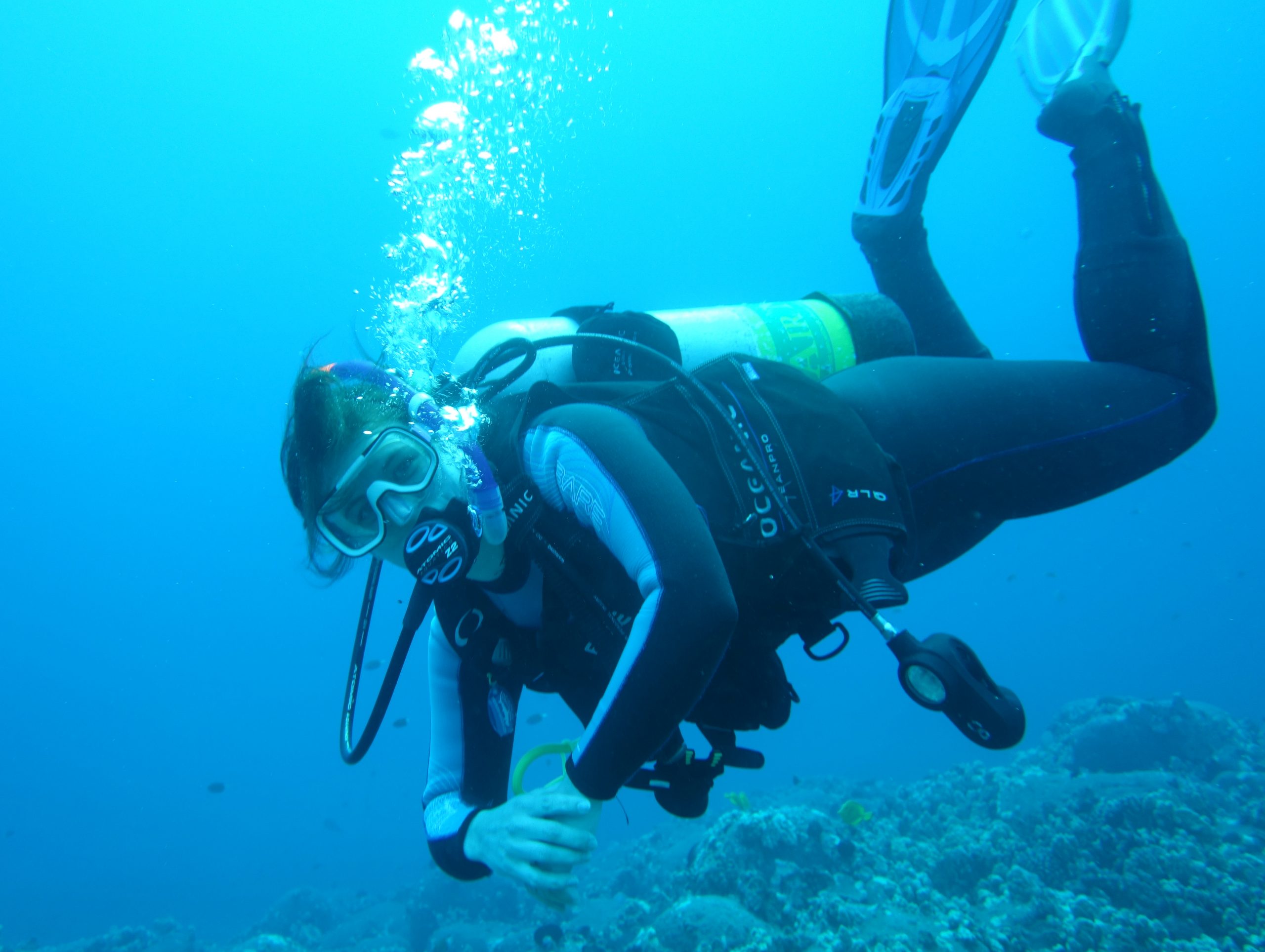
Ariane: PTB is a somewhat unique environment given the metrological background. I started here at the time the NeuroMET project began, and the follow-up project, NeuroMET, was also partly used to finance this work. One of the main aims of NeuroMET (which focuses on Alzheimer’s disease) is to improve and investigate the predictive values of non-invasive or minimally invasive biomarkers to diagnose the disease and improve cohort stratification. MRI and MRS are certainly more feasible as a stratification tool than alternative, more invasive, imaging methods, especially from an ethical point of view. There is specifically a lot of potential in MRS, as the structural changes have to be triggered by some more subtle chemical changes, before atrophy is exhibited. But you need to do it right, in order to exploit this potential, and so far, we are not doing this. One of the big challenges in order to use spectroscopy as a diagnostic tool is distinguishing between what are real changes and what are only statistical fluctuations. And that aspect led me — and Layla — to explore the measurement uncertainties of the quantified metabolite concentrations, and how to properly determine them. Another big challenge is certainly the amount of measurement time required to achieve a high spectral quality (and a low measurement uncertainty). And this is why we looked into how doing spectroscopy in two voxels simultaneously might be used for accelerating MRS and what the limitations of that would be in terms of a target spectral quality.
MRMH: Do you think there might be ways to extend this technique further, i.e., to more than two voxels?
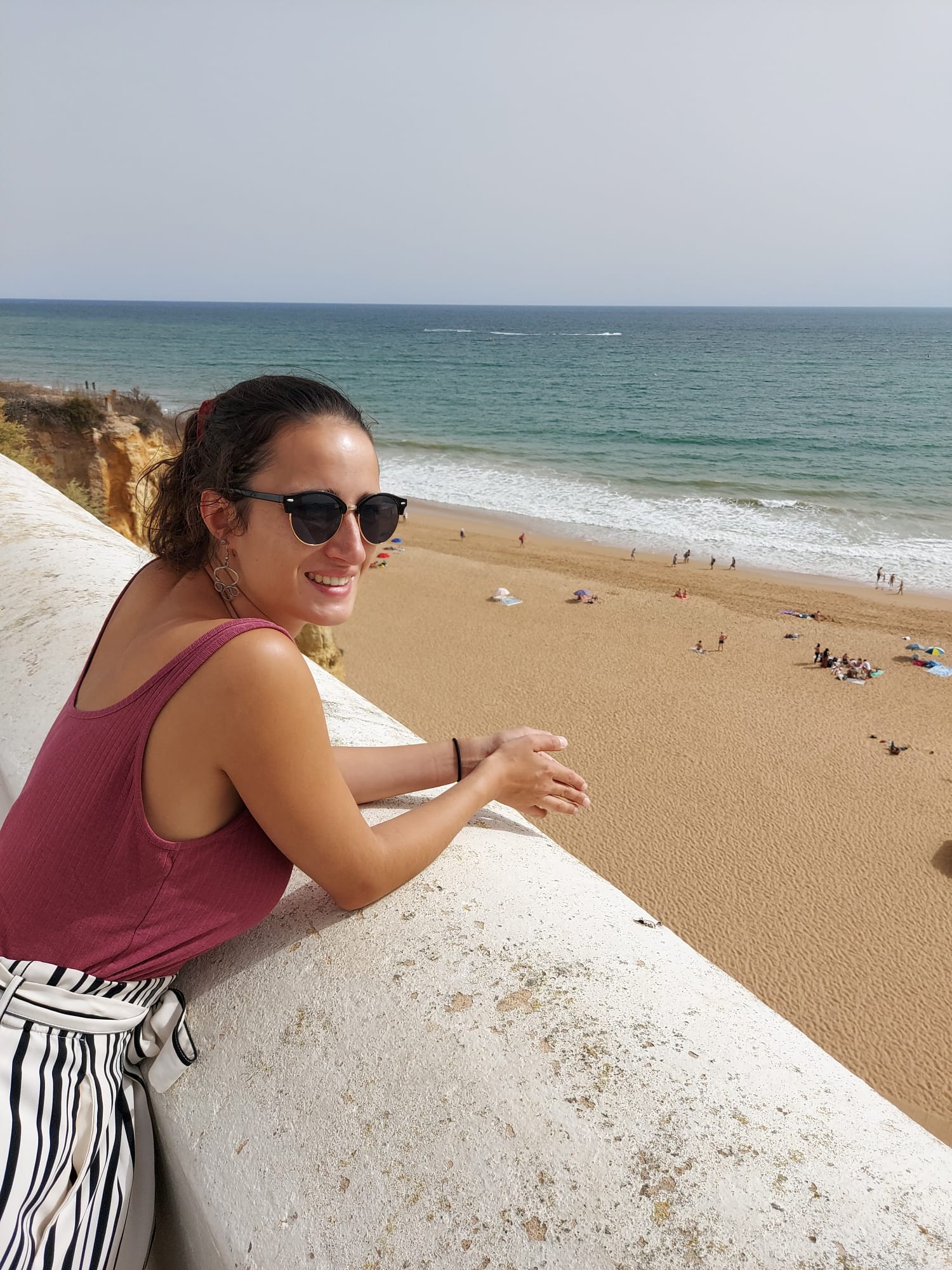
Ariane: Yes, you could multi-band the adiabatic pulse to three, four, or even five bands if you’re interested in doing that. However, you’d need to make the voxels very small, or else have a really large brain in order to fit all the bands in. And as we showed in this paper, the closer together your voxels are, the more MRS signal leakage problems you are going to get between them. Other multivoxel MRS techniques exist, such as MRSI (MRS imaging), however with those you get a broad point spread function, which essentially blurs the signal and makes it tricky to say with certainty that the signal is really coming only from a given voxel.
Layla: There’s definitely a trade-off. If you want the best spectral quality, then measuring a single voxel may be the way to go. If you’re interested in multivoxel applications, then it’s important to consider the constraints that your multivoxel MRS technique has, and we explore a few in this work.
MRMH: To end off, what do you enjoy doing when you’re not in the lab? And is there anything you’d like to share about your city?
Layla: I’m a fairly active person. I do karate and running — we had a running group at PTB. I do a lot of sports. I also play the alto saxophone, and am quite fond of the opera.
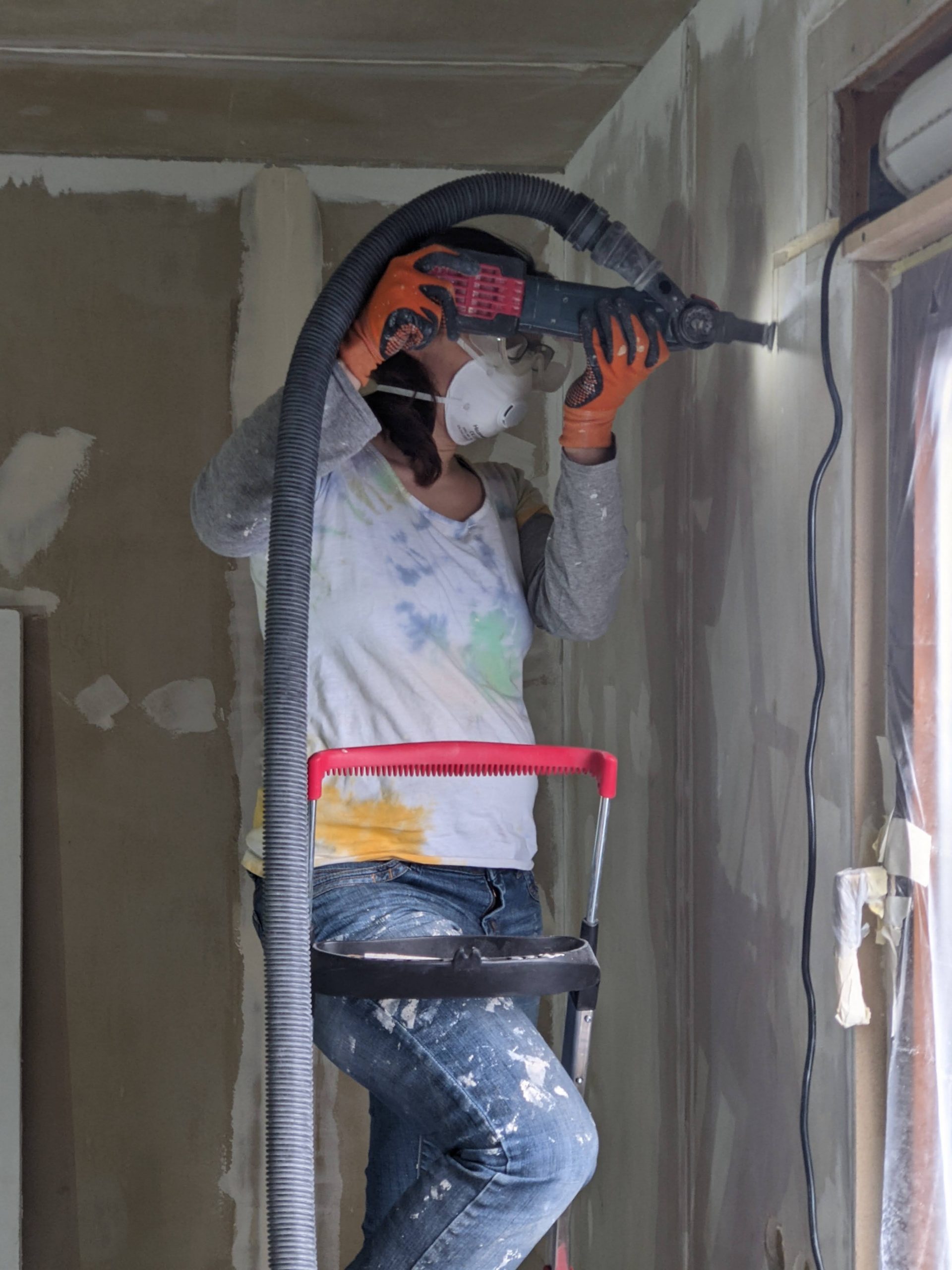
As for Berlin, I definitely recommend visiting. It’s a really beautiful city. I’m from the eastern part and I really like how you can still see that it was separated. It’s such recent history, and something I haven’t seen in other cities. Just going between two different metro stations can feel like switching between different worlds.
Ariane: I’m a big DIY person. We’ve just bought a house, and I’ve been doing all the renovations with my partner. There’s still a lot to do though. I also like sewing, crafting, and knitting. Furthermore, I love to be outside, hiking and scuba diving! Also, I just had a baby, which means the majority of my time is now occupied – in the best way possible.




